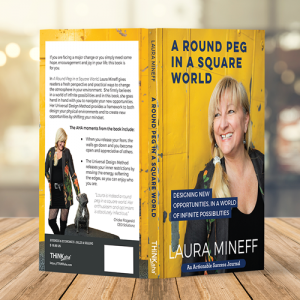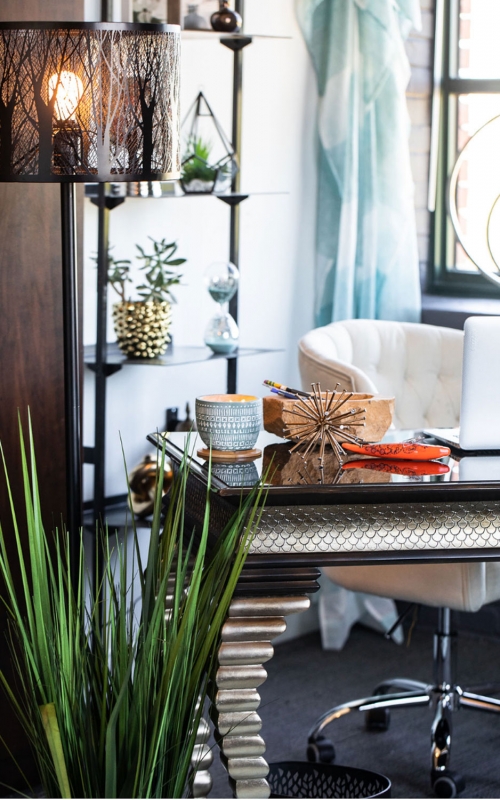Have you ever wondered how we could create a world that is accessible and inclusive for everyone? Where products, environments, and services are designed to be used by all people to the greatest extent possible, without the need for adaptation or specialized design? Welcome to the world of Universal Design, a concept that is transforming our cities, workplaces, and homes into places where everyone belongs.
Short Summary
- Universal Design is an empowering concept that promotes accessibility and inclusivity for people of all abilities.
- Universal Design is applicable to both residential and commercial interior design projects.
- It is based on the principles of Equitable Use, Flexibility in Use, and Simple and Intuitive Use.
- Universal Design offers numerous advantages such as fostering inclusivity, promoting accessibility & usability while providing independence & improving quality of life for everyone.
What is Universal Design?
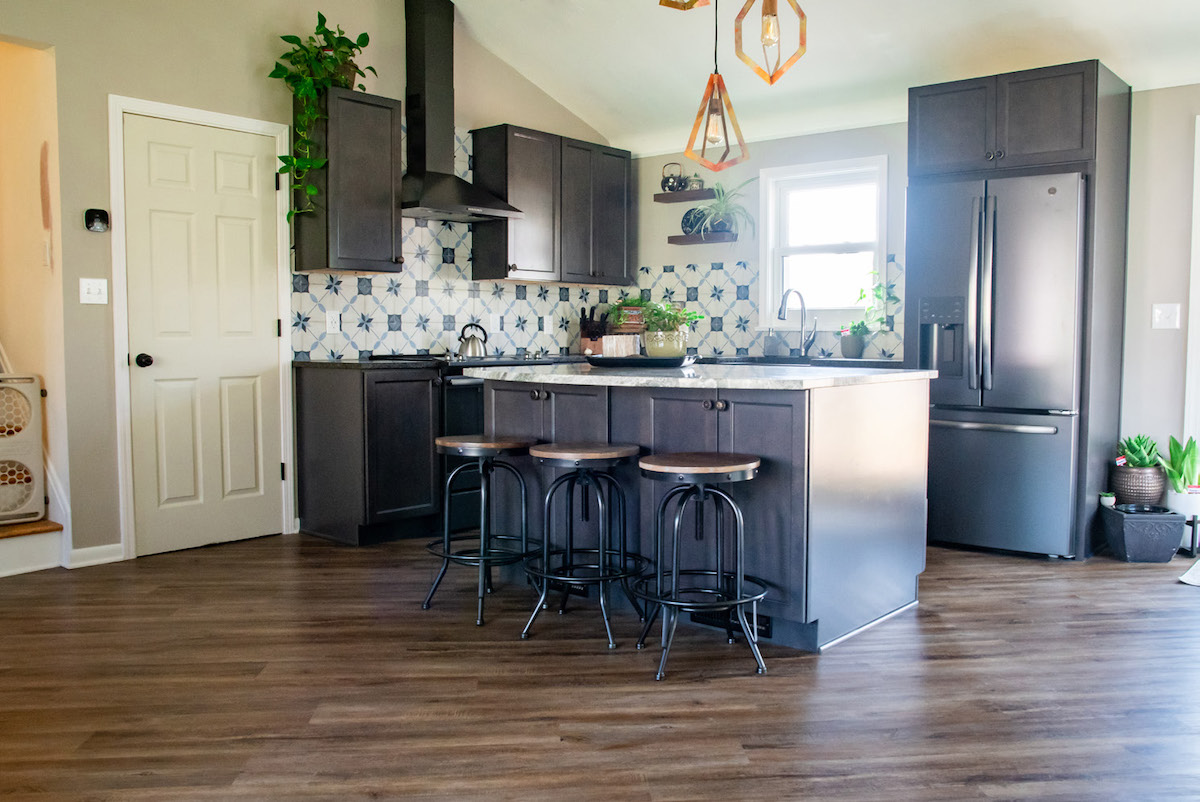 Universal Design is an empowering concept, enabling products and environments to be enjoyed and used by all people to the greatest extent possible, without the need for adaptation or specialized design. It offers a more comprehensive approach than accessible design and barrier-free design.
Universal Design is an empowering concept, enabling products and environments to be enjoyed and used by all people to the greatest extent possible, without the need for adaptation or specialized design. It offers a more comprehensive approach than accessible design and barrier-free design.
A wonderful example of Universal Design in action is curb cuts or sidewalk ramps. They take into account user’s sensory abilities and provide an accessible environment for all. Being able to engage in daily activities is beneficial for our health and wellbeing, and Universal Design takes into account the physical characteristics of all users to ensure maximum accessibility and availability.
The Evolution of Universal Design
The concept of Universal Design has evolved from barrier-free accessibility to a broader focus on designing for all users, including those with disabilities, aging populations, and taking into account user’s body size. This shift in focus is reflected in the pioneering Barrier Free Design standard, the American National Standard A117.1, which provides the criteria for creating facilities and programs for the use of disabled individuals.
The extensive research and publications by Selwyn Goldsmith UK have provided empirical data and studies of individuals with disabilities, serving as a valuable resource for designers and builders, as well as for the World Wide Web Consortium (W3C) in developing web accessibility guidelines.
One of the key figures in the evolution of Universal Design is Dr. Timothy Nugent, the pioneering principal investigator of disability ergonomic research, who has contributed greatly to the development of user centered design principles.
Key Principles of Universal Design
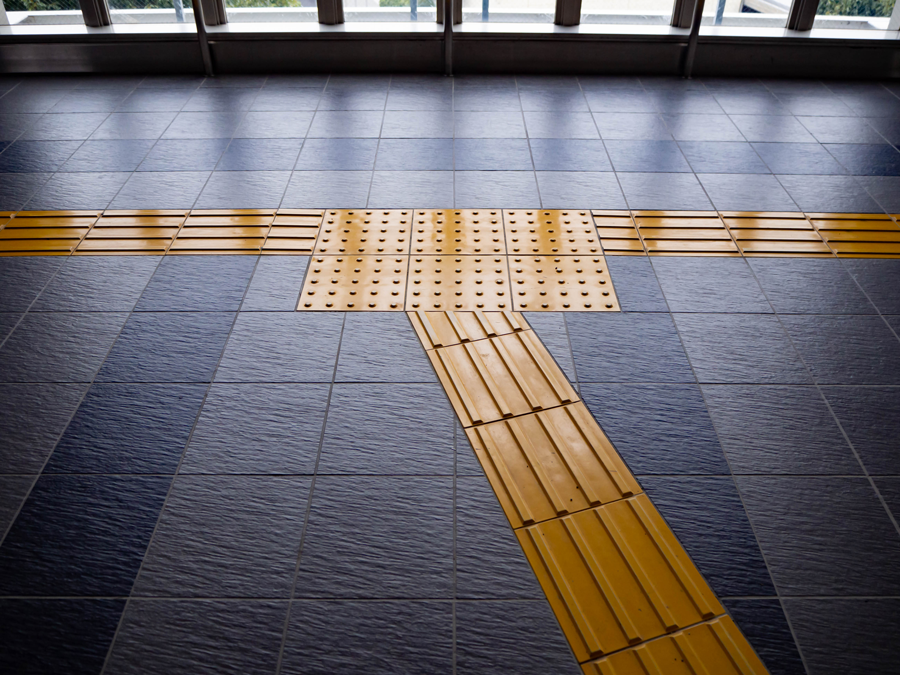 At the heart of Universal Design are key principles that guide designers in creating inclusive and accessible environments. These principles are Equitable Use, Flexibility in Use, and Simple and Intuitive Use.
At the heart of Universal Design are key principles that guide designers in creating inclusive and accessible environments. These principles are Equitable Use, Flexibility in Use, and Simple and Intuitive Use.
Equitable Use is the principle that all people should be able to use design to its fullest potential without requiring any adaptation or specialized design, which can help engage students in educational settings.
Flexibility in Use is the principle that design should enable a wide range of individual preferences and abilities to be easily accommodated, making it suitable for diverse student cohorts in educational settings.
Simple and intuitive use is the principle that design communicates in a straightforward and easy-to-comprehend manner, no matter the user’s background, expertise, language abilities, or level of focus, ensuring that design accommodates the needs of all users.
Equitable Use
Equitable use is an inspiring principle of Universal Design that strives to create products and environments that are beneficial and desirable to people with diverse abilities, ensuring equal access and usability for everyone.
Designs should reflect the abilities of people from different backgrounds, taking into account accidental or unintended actions, making them usable and appealing to a wider market. For example, a building with a wheelchair ramp not only helps people with mobility issues, but also benefits parents with strollers or delivery personnel with heavy loads.
Flexibility in Use
Flexibility in use means that the design of a product or environment can be easily adapted and used in various ways to fulfill a user’s exact needs, embracing a broad range of individual preferences and abilities, and promoting body fit comfort awareness. This offers the opportunity to customize and adapt to individual preferences and abilities, providing an enhanced user experience based on the user’s body size and user’s sensory abilities.
For instance, a workspace with adjustable desks and chairs is not just comfortable for employees, it also promotes productivity as it can be customized to fit each individual’s unique needs.
Simple and Intuitive Use
The principle of Simple and Intuitive Use in Universal Design is designed to be easy to understand and use without the need for extensive instructions or training, making it accessible to a wide range of users regardless of their experience, knowledge, or language skills.
For example, the use of icons, clear labeling, and intuitive navigation on a website or an app makes it user-friendly and accessible to everyone, regardless of their technical expertise or language skills.
When things are intuitive, it takes away the intimidation of not knowing how to use or access a space or device. This allows all people to more easily “flow” through a space with ease and have equally fear-free experiences.
The Benefits and Challenges of Universal Design
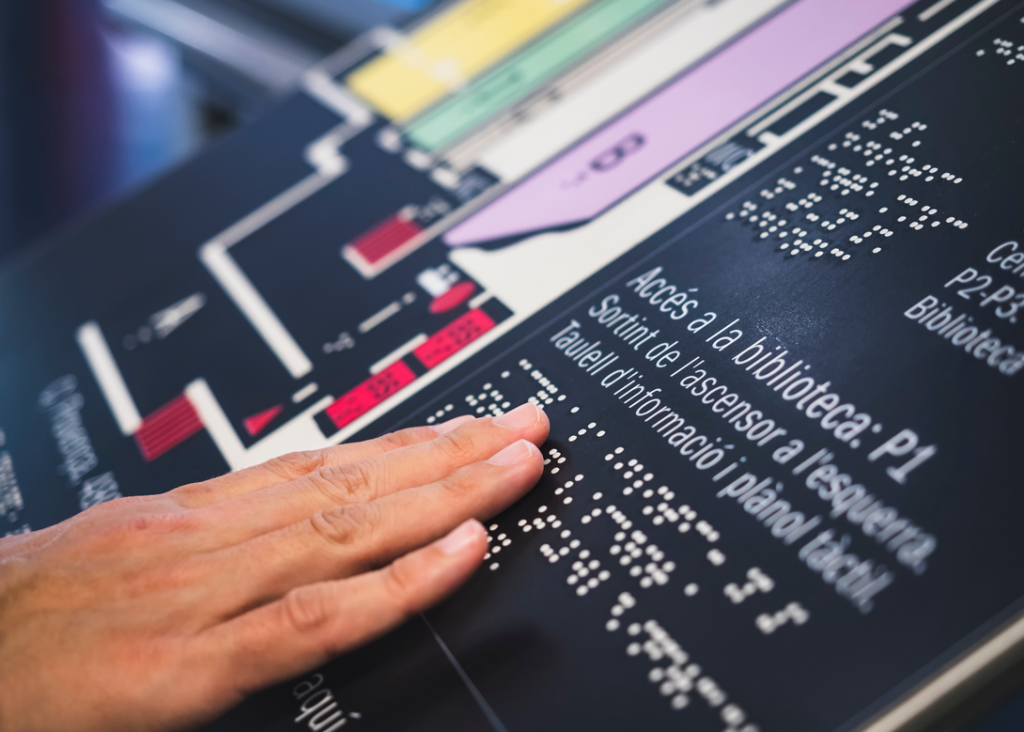 Universal Design offers numerous benefits such as enhanced accessibility, decreased need for expensive retrofits, and enhanced user experience. By increasing the opportunity for everyone to enter your physical business, you are also increasing your customers/clientele, which in turn increases your revenue. This is also a great marketing advantage, to be able to say and show your business is accessible to all.
Universal Design offers numerous benefits such as enhanced accessibility, decreased need for expensive retrofits, and enhanced user experience. By increasing the opportunity for everyone to enter your physical business, you are also increasing your customers/clientele, which in turn increases your revenue. This is also a great marketing advantage, to be able to say and show your business is accessible to all.
Universal Design will not increase the overall cost of a project. It is cost-effective in the long run. Applying universal design principles can often result in cost savings.
Implementing Universal Design can be an exciting opportunity to collaborate among different design communities, as well as to consider the needs of all users.
Advantages of Universal Design
Universal Design provides numerous advantages, including creating inclusive design solutions, promoting accessibility and usability, enabling people with all levels of ability to live independently, and even increasing the potential for developing a better quality of life for a wide range of individuals. It also opens up the public to opportunities that might previously have been unknown – they would have walked by it, ignored it or assumed that that space wasn’t for them.
Universal Design is a concept which is successfully applicable to all branches of design, such as product design, interactive design, architecture and urban planning. It provides people of differing abilities equal access to services, products and environments. The benefits of Universal Design are plentiful, including creating inclusive design solutions, promoting accessibility and usability, enabling people with all levels of ability to live independently, and even increasing the potential for developing a better quality of life for a wide range of individuals.
Overcoming Challenges
The opportunities of Universal Design include increased awareness and understanding of its principles, as well as the cost-effectiveness and simplicity of implementing it, especially in existing buildings that may be upgraded to comply with current standards and regulations. The potential for increased awareness and understanding of Universal Design is very promising, as more and more people are becoming familiar with the principles and benefits of Universal Design.
Implementing Universal Design in existing buildings includes the potential to retrofit the building to meet current standards and regulations, as well as the exciting challenge of the cost and complexity of doing so.
A Universal Design Approach to Interior Design
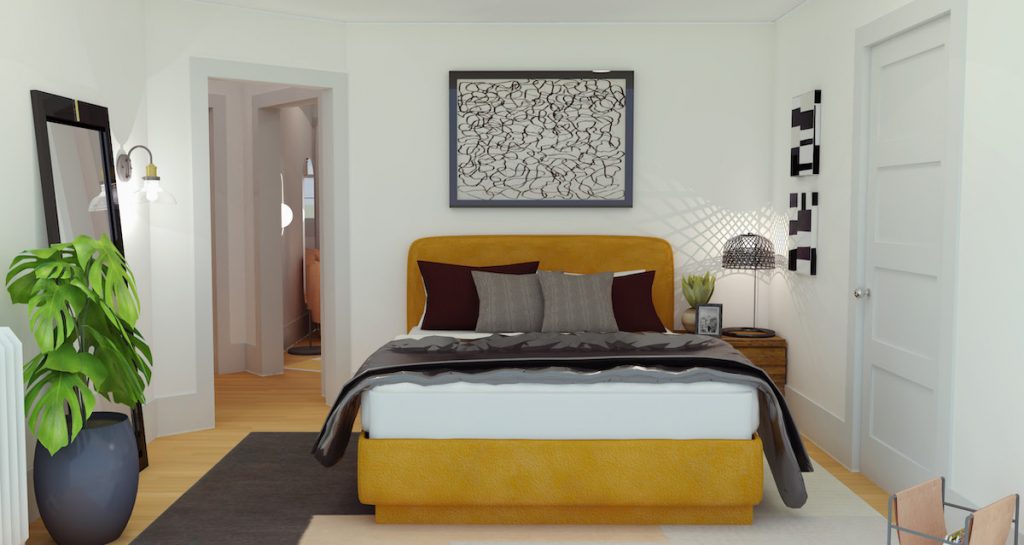 Universal Design can be applied to various aspects of interior design, from homes, workplaces, to public spaces, to create inclusive and accessible environments. It emphasizes flexibility, choice, and accommodating features that make it a great option for all ages and abilities. Great examples of Universal Design in homes include wider doorways and hallways for better accessibility, adjustable counter heights for convenience, and lever door handles for easy use.
Universal Design can be applied to various aspects of interior design, from homes, workplaces, to public spaces, to create inclusive and accessible environments. It emphasizes flexibility, choice, and accommodating features that make it a great option for all ages and abilities. Great examples of Universal Design in homes include wider doorways and hallways for better accessibility, adjustable counter heights for convenience, and lever door handles for easy use.
Workplaces that incorporate Universal Design include adjustable desks and chairs, accessible bathrooms, and ramps for wheelchair access that enable everyone to access the workplace.
In public spaces, we can find accessible sidewalks, tactile paving, and audible signals for pedestrians.
Universal Design at Home
Universal Design in the home is about creating spaces that are adaptable, accessible, and comfortable for all occupants, regardless of age or ability. Features such as step-free entryways, wider doorways and hallways, lever handles, grab bars, non-slip flooring, and adjustable shower heads can be found in a home designed with Universal Design principles.
Universal Design in the home can offer a greater sense of independence and safety for all occupants, as well as improved accessibility for those with physical disabilities. It can also help to cut down on the cost of home modifications, as well as the time and effort needed to make them.
You can see an example of this in my own design here, where I compare a room design before and after using my Universal Design Method : Clifton Project
Universal Design in the Workplace
Universal Design in the workplace is an exciting opportunity to create environments that enhance productivity, comfort, and accessibility for all employees. Universal Design in the workplace involves designing workspaces, tools, policies, and procedures that are accessible, usable, and accommodating to all employees, regardless of their abilities.
It can enhance employee productivity, comfort, and accessibility, as well as decrease costs associated with workplace accommodations.
Universal Design in Public Spaces
Universal Design in public spaces is an approach to designing public spaces that is welcoming and accessible to all users, regardless of their abilities or disabilities. It strives to design for differing abilities, consider gender dynamics, provide amenities for cultural activities, and recognize public spaces as social fabric of a city.
Step-free entry, curb ramps, levers, grab bars in public bathrooms, and wide bathroom stalls are all great examples of Universal Design features in public spaces.
You can see an example of this here: Ipoke Project
Other Applications for Universal Design
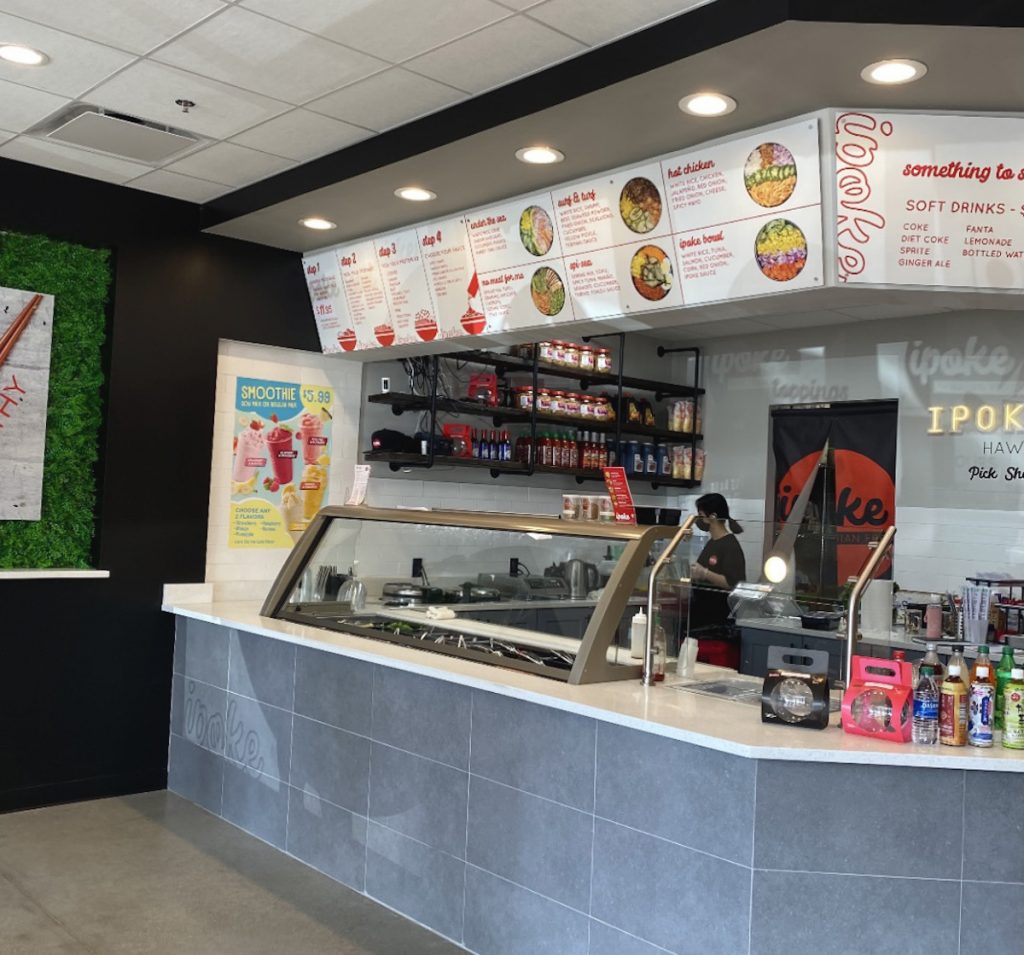 Universal Design also has numerous applications in learning and technology. Universal Design for Learning (UDL) is an inspiring framework for creating educational environments that are both flexible and inclusive, making them accessible to all learners. The extent of Universal Design in Higher Education (UDHE) encompasses all products and environments that directly or indirectly facilitate teaching and learning in higher education.
Universal Design also has numerous applications in learning and technology. Universal Design for Learning (UDL) is an inspiring framework for creating educational environments that are both flexible and inclusive, making them accessible to all learners. The extent of Universal Design in Higher Education (UDHE) encompasses all products and environments that directly or indirectly facilitate teaching and learning in higher education.
The Center for Universal Design in Education at the University of Washington is a wonderful resource that helps educators apply Universal Design (UD) to create an educational experience that is welcoming, usable, and inclusive for everyone.
Universal Design for Learning (UDL)
Universal Design for Learning is an amazing framework that applies to higher education learning environments and provides amazing guidelines, videos, and other awesome resources for learning more. It aims to provide an array of teaching approaches to eliminate any obstructions to learning and incorporate flexibility that can be customized to each person’s capabilities and requirements.
UDL can be a great resource for all learners, including those with learning and thinking differences, even for those who have not been formally diagnosed, and for English language learners.
UDL allows people who before, may have felt intimated by the learning process for whatever subject they may have had interest in, now gives them the chance to explore that subject without fear of judgement.
Universal Design in Technology
Universal Design in Technology is an empowering process of designing technology that is accessible and usable by all people, regardless of their abilities or disabilities, to create technology products and services that everyone can benefit from. By incorporating user centred design, Universal Design principles can be applied to physical environments, information technology, instruction, and student services at all educational levels, offering amazing opportunities for everyone.
By incorporating assistive technology, this can lead to enhanced productivity, superior user experience, and cost efficiency.
Summary
As we’ve seen, Universal Design is a powerful concept that has the potential to transform our world into a place that is accessible and inclusive for everyone. From homes, workplaces, and public spaces to learning and technology, Universal Design is making a significant impact. It’s about considering the needs of all users in the design process, and creating products, environments, and services that can be used by all without the need for adaptation or specialized design. Despite the challenges, the benefits of Universal Design far outweigh them, making this an approach that is not just motivating and exciting but necessary for creating an inclusive world.
Frequently Asked Questions
What is the universal design concept?
Universal Design is an accessible and inclusive approach to design, which ensures environments can be accessed, understood and used by everyone, regardless of their age, size, ability or disability. It allows everyone to feel stimulated, excited and motivated regardless of abilities.
It takes into account the needs of people with disabilities, as well as those without, and is based on the principles of flexibility, simplicity, and usability. It is a design process that considers the needs of all users, not just those with disabilities.
What are the 7 principles of universal design?
The 7 Principles of Universal Design include Equitable Use, Flexibility in Use, Simple and Intuitive Use, Perceptible Information, Tolerance for Errors, Low Physical Effort, and Size and Space for Approach and Use, allowing everyone to benefit from design.
They are intended to be used as a guide for designers to products that are usable by the widest range of people possible.
What is universal design best examples?
Universal design is exemplified best by the curb cut, which makes sidewalks accessible and provides convenience to a wide range of users. It benefits everyone from wheelchair users to kids riding bikes, seniors, parents with strollers, and delivery workers alike.
The curb cut is a great example of how universal design can be used to create a more accessible and convenient environment for all. It allows for easier navigation of sidewalks and streets, and can be used by a variety of people.
What are the benefits of Universal Design?
Universal Design offers greater accessibility, cost savings and an improved user experience, making it a win-win for everyone. It allows everyone the same happy, freeing, exciting experiences.
It can be applied to any product, service or environment, making it a versatile solution for businesses and organizations. It also has the potential to create a more inclusive society, where everyone can access and enjoy life.

